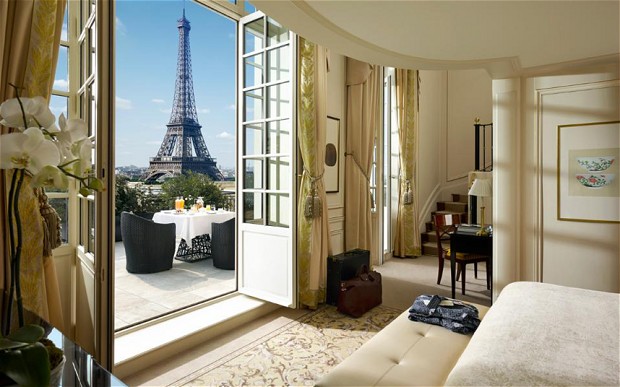According to the latest ECM-MKG European Destinations Observatory report, the Revenue Per Available Room (RevPAR) experienced slight growth by 0.4% in the first 9 months of 2016 compare to same period last year.
The Occupancy Rate is nonetheless slightly down (-0.5 point), but growth is driven by the Average Daily Rate (ADR) that is up 1.1%. The disparities observed in recent months between European cities continue with significant evolutions in performances.
Cities from the Iberian Peninsula, Poland and Germany led the hotel industry in Europe for the first 9 months of 2016
Overall, growth has been timid but allows the continent to post results that are generally positive, thanks to the Iberian Peninsula, Poland and Germany in particular.
Warsaw posts a RevPAR up by 8.9% thanks to the organisation of NATO summit in July, POLMUN and Codemotion in September.
On the Iberian Peninsula, tourist arrivals continue to grow under the effect of their internal dynamics (improved economic context) and carryovers of visitors from Mediterranean destinations affected by terrorist attacks in recent months (Turkey, French Riviera, Egypt, Maghreb…). All cities in Spain (+14.2%) and Portugal (+8.7%) gained a strong RevPAR growth, for example Madrid knew an increase in this indicator by 8.1%, Barcelona and Bilbao by 12%, San Sebastian by 17.6% and Lisbon by 3.8%.
Germany, meanwhile, is following a positive growth trend, +4.5% of the RevPAR. However, in spite of a strong business activity, Berlin, Cologne, Dresden and Frankfurt are on a downtown trend, while Düsseldorf, Nuremberg and Leipzig recorded an increase by 18.7%, 17.9% and 9.6% respectively.
Hotel industry decreased in Italian, Belgian and French cities
Italy (-4.5%), meanwhile, posts a drop in its RevPAR compared to 2015 when activity was sustained by Expo Milano and the Biennale di Venezia. These two cities record respectively a RevPAR drop by 17.8% and 7.5%.
Belgium observed a drop in its hotel performances, with a RevPAR down by 14.8%. Brussels dropped by 22.1%, mostly due to a 15.9 points decrease in Occupancy Rate, aftermath of attacks in March. The RevPAR in Antwerp (-7.8%) and Ghent (-2.9%) is on negative trend too.
France knew a RevPAR decrease by 5.8%, driven by the two strong touristic poles (Paris and Nice) that had respectively a 8.9 and 4.4 points drop in Occupancy Rate compared to last year. The context of insecurity that has pervaded Belgium and France since the attacks continues to hurt tourist arrivals.


























